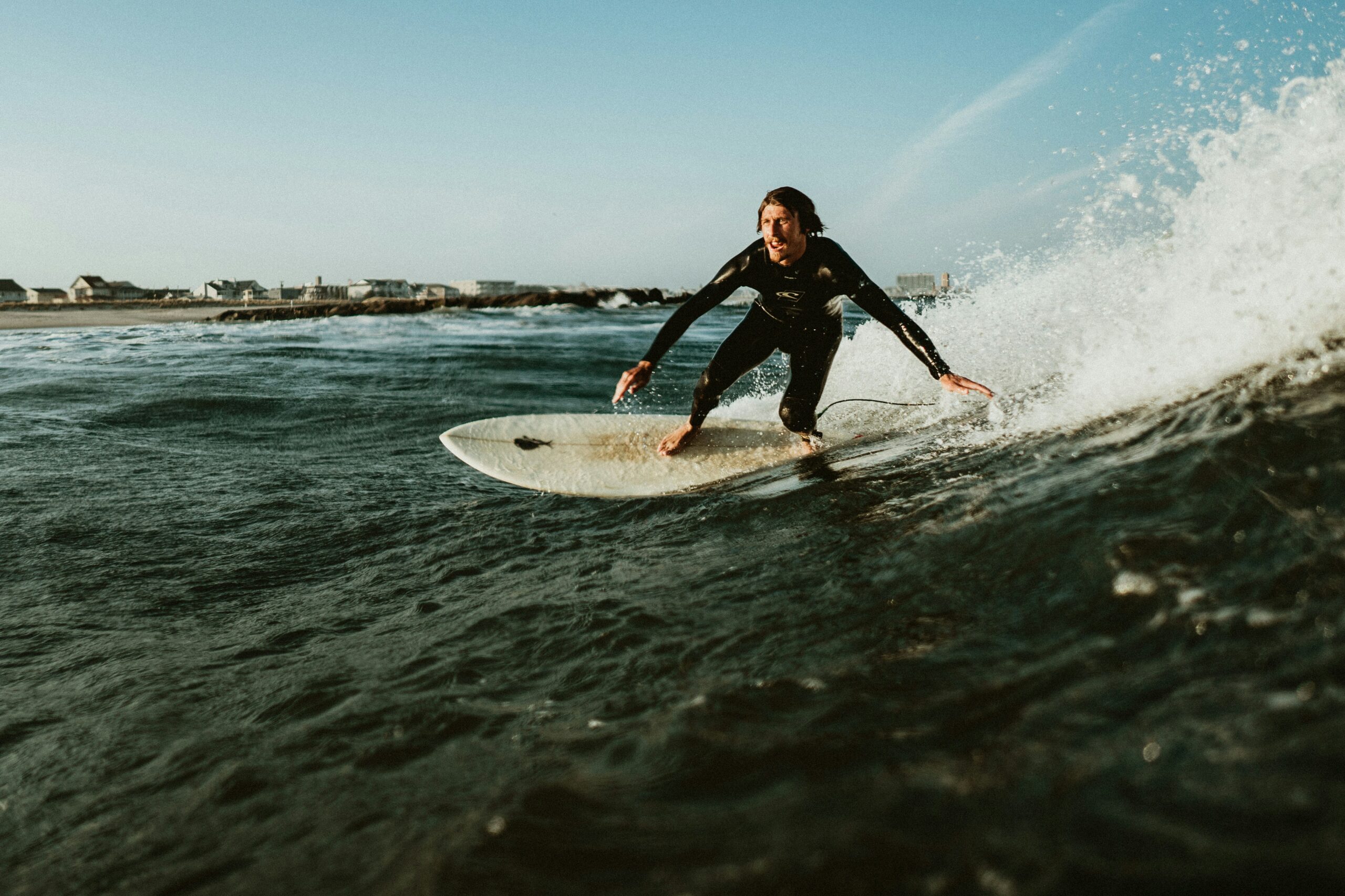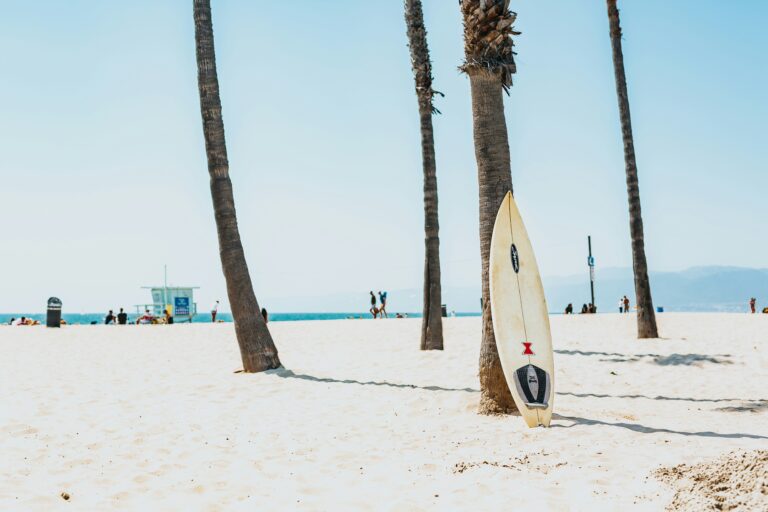For surfers, the quest for the perfect wave is a never-ending journey—an exploration of coastlines, climates, and conditions in search of that elusive combination of size, shape, and power that defines the ultimate surfing experience. Whether you’re a seasoned pro or a beginner just dipping your toes into the world of surfing, choosing the right surfing spot is crucial for maximizing your enjoyment and success in the water. In this blog post, we’ll explore the factors to consider when selecting a surfing spot and share tips for finding waves that suit your skill level, preferences, and goals.
1. Know Your Skill Level:
Before choosing a surfing spot, it’s essential to assess your own skill level and comfort in the water. Different surf spots cater to surfers of varying abilities, from gentle, beginner-friendly waves to fast, powerful breaks suited for experienced riders. Be honest with yourself about your surfing abilities and choose a spot that matches your skill level to ensure a safe and enjoyable experience in the water.
2. Consider Wave Size and Shape:
Wave size and shape play a significant role in determining the suitability of a surfing spot for different skill levels and surfing styles. Beginner surfers typically prefer smaller, rolling waves with gentle breaks that are easier to paddle into and ride. Intermediate and advanced surfers may seek out more challenging waves with larger swells, faster breaks, and longer rides. Consider the size, shape, and consistency of the waves at a particular spot to determine if it aligns with your surfing abilities and preferences.
3. Evaluate Wave Quality:
Wave quality refers to the overall characteristics of the waves at a surfing spot, including their shape, speed, and consistency. High-quality waves are typically well-formed, clean, and predictable, offering surfers the opportunity for long, enjoyable rides. Factors such as wind direction, tide, and swell direction can affect wave quality, so be sure to research these variables before choosing a surfing spot. Look for spots known for their consistent waves and favorable conditions to maximize your surfing experience.
4. Assess Crowds and Localism:
Surfing spots vary in terms of crowd density and local culture, which can significantly impact the surfing experience. Some spots are known for their crowded lineups, where surfers jockey for position and waves can be hard to come by. Others offer a more laid-back atmosphere with fewer surfers and a friendlier vibe. Consider your tolerance for crowds and localism when choosing a surfing spot, and be respectful of local surfers and customs to ensure a positive experience for everyone in the water.
5. Check Local Amenities and Facilities:
When choosing a surfing spot, it’s also essential to consider practical factors such as access, parking, amenities, and facilities. Look for spots with convenient parking, easy beach access, and nearby amenities such as restrooms, showers, and surf shops. Research local regulations, parking fees, and any other relevant information to ensure a hassle-free experience at your chosen surfing spot.
6. Seek Local Knowledge and Advice:
Finally, don’t underestimate the value of local knowledge and advice when choosing a surfing spot. Reach out to local surfers, instructors, or surf shops for recommendations and insights into the best spots for your skill level and preferences. Local surfers can provide valuable information about wave conditions, crowd dynamics, and hidden gems that may not be apparent to outsiders. By tapping into the wisdom of the local surfing community, you can discover hidden gems and unlock the secrets of the waves in your chosen destination.
Conclusion:
Choosing the perfect surfing spot is an essential aspect of the surfing experience, influencing everything from wave quality and crowd dynamics to safety and enjoyment in the water. By considering factors such as your skill level, wave size and shape, wave quality, crowds, amenities, and local knowledge, you can make informed decisions and find waves that suit your preferences and goals. So, whether you’re planning your next surf trip or exploring your local coastline, take the time to research and choose surfing spots wisely, and prepare for unforgettable adventures on the waves.











